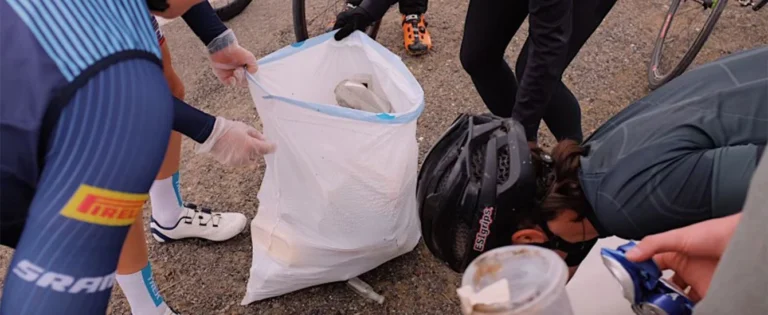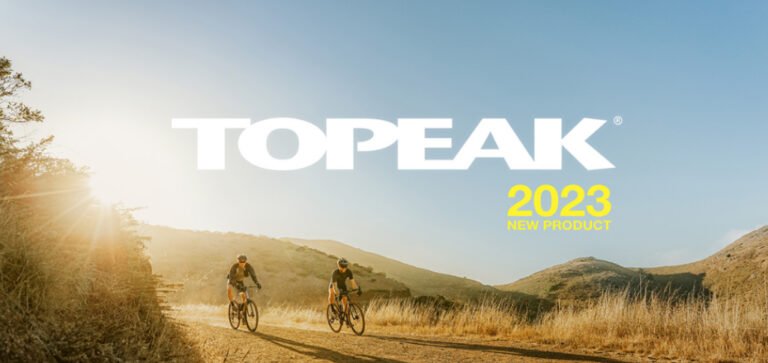Dynamic Wander Wax was crowned best hot wax in the BIKE Magazin test!Read the translated article below for full details and information on the test, conducted by BIKE Magazin.
P.S. Further down in this article you will find a discount code for our hot waxes. Please note: this code is valid for a limited time! 👀
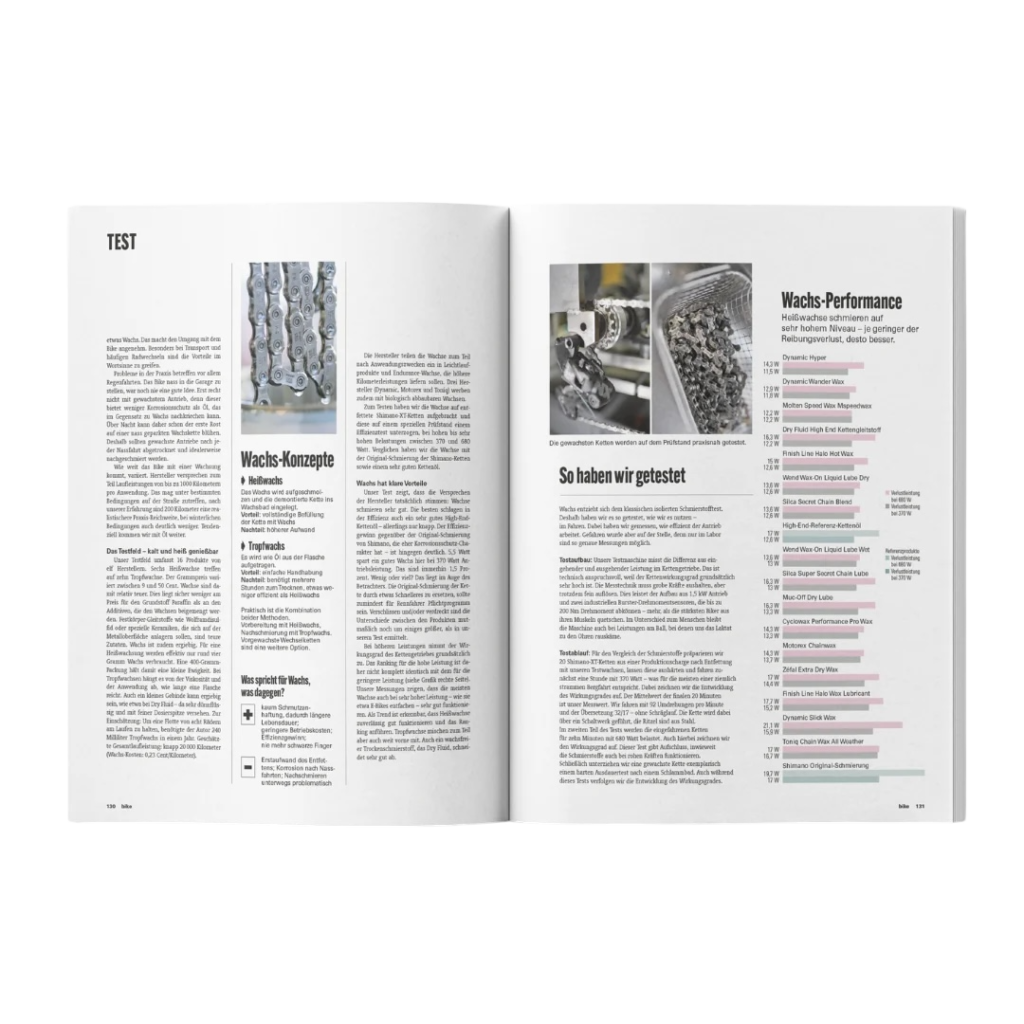
BIKE Store:
Oiling the chain is over; Today it’s all about growing. Waxing keeps the drivetrain cleaner and extends lifespan, with the promise of less friction. But is that really the case? What are the most important differences and which waxes are best suited for high forces such as those found on e-bikes? Our test of 16 wax lubricants provides all the answers.

Robert Kühnen - BIKE Magazin
Robert Kühnen carried out the test.
The engineer has long been associated with the magazine as an author and tester, playing a key role in BIKE’s test benches and having also developed the chain test bench. Via bike-engineering.de, Kühnen offers measures for the bicycle industry and top sport.
Lubrication with wax is worth it:
more speed, longer life and clean hands. The biggest challenge is degreasing the chain. The chains already pre-waxed in the package make this process easier. Once you’ve mastered waxing, it takes barely more time than applying oil. Plus, it saves money because the transmission lasts longer, which more than offsets the cost of wax lubrication.
Hot wax and liquid wax
The pioneers of chain lubrication began decades ago to apply paraffin instead of oil to the chain, actually candle wax. A chain lubricated with wax attracts very little dirt. Where there is no dirt, there is also much less wear, especially when riding in wet conditions. However, the cerization process requires some preparation: the components must be completely free of grease before applying the wax so that it adheres properly, which has long made this method a niche market.
That has changed. Today, almost every manufacturer of bicycle care products offers wax, and many companies have been created with waxing at the heart of their business. The market exploded. Essentially, there are two types of products: hot waxen and drip waxen. Hot waxes must be melted, and the chain must be taken apart before being immersed in the wax, making the process lengthy. Liquid waxes, on the other hand, are applied directly from the bottle, just like oil. According to manufacturers, hot wax provides better performance. However, as liquid wax is easier to apply, the market increasingly seems to be moving in that direction. The two methods can also be combined. For example, you can apply liquid wax to a chain that has already been treated with hot wax, before dipping the chain back into the hot wax after several rides for more thorough maintenance.
Less dirt on your chain
Based on many years of experience, we can confirm that wax coated chains attract little dirt. This forms the basis for significantly extended durability of chains, sprockets and chainrings (several life cycles possible!). Given that drivetrain groupsets on modern bikes can cost hundreds of dollars—with cassette prices reaching $500—durability is an incredibly important factor in long-term operating costs. The benefits of a clean drivetrain not only benefit the technique, but also improve the bike handling experience. Waxy chains leave little mark, with only a small loss of wax during the break-in period. This makes handling the bike more pleasant. Especially when transporting the bicycle or frequently changing bicycles, the advantages are clearly noticeable.
Practical problems mainly arise when going out in the rain. It is never advisable to park a wet bike in the garage, especially with a wax-coated drivetrain. In fact, the latter offers less protection against corrosion than oil, which, unlike wax, can penetrate the components. As a result, rust can form on a wet, stationary chain overnight. This is why wax-coated transmissions must be dried and re-coated after each ride in the rain.
Performance of a wax coated transmission may vary. Manufacturers sometimes claim a range of up to 1,000 kilometers per application. Although this is possible in specific driving conditions, the realistic distance, in our experience, is closer to 200 kilometers, and much less in winter conditions. In general, oil stays on your chain longer.
Test range – Enjoy, both in cold and hot weather.
Our test field includes 16 products from 11 manufacturers. Six hot waxes are tested alongside ten drip waxes. The price per gram varies from 0.09 to 0.50 euros, which makes the wax relatively expensive. This is probably less due to the cost of the base ingredient, paraffin, and more due to the additives added to the waxes. Solid lubricants such as tungsten disulfide or ceramic additives, intended to attach to the metal surface, are expensive ingredients. Wax is not only relatively expensive, but also effective. For hot waxes, only about four grams of wax are used. A 400 gram package therefore lasts a long time. For drip waxes, usage time depends on viscosity and application, but even small packages can be quite effective. For example, Dry Fluid is very fluid and comes with a precise measuring cap. For reference: To maintain a fleet of eight bikes, the author used 240 milliliters of drip wax over the course of the year. Estimated total distance traveled: just under 20,000 kilometers (wax cost: 0.23 cents per kilometer).
Manufacturers classify waxes based on their intended use, with some promoted as low-friction waxes and others as endurance waxes designed for longer distances. Three manufacturers (Dynamic, Motorex and Toniq) also promote biodegradable waxes.
Wax Concepts
➧ Hot wax
The wax is melted and the disassembled chain is dipped into the hot wax.
Advantage: The chain is completely covered in wax.
Disadvantage: Higher labor intensity.
➧ dripping wax
Apply straight from the bottle, like oil.
Advantage: Easy to use
Disadvantage: Requires several hours to dry, a little less effective than hot wax.
A practical approach is to combine the two methods: preparation with hot wax, followed by drip wax application. Pre-waxed replacement chains are also an option.
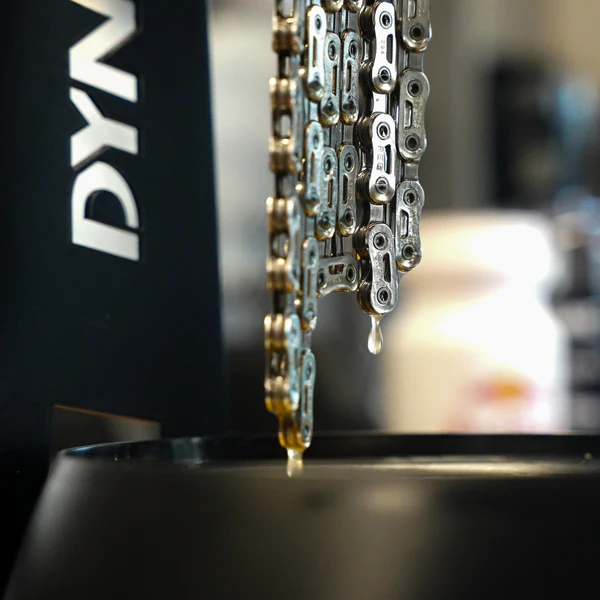
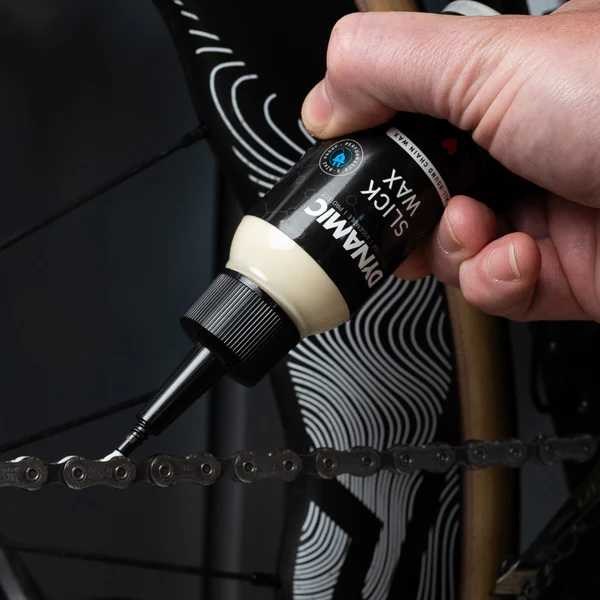
What are the advantages and disadvantages of waxing?
For the wax:
- Minimal dirt adhesion, resulting in longer life
- Reduced operational costs
- Improved efficiency
- No more dirty fingers
Against wax:
- The first application requires relatively more effort
- Corrosion after riding in the rain.
- Reapplying lubrication along the way can be a challenge.
How we tested.
The wax does not meet traditional tests for isolated lubricants. That’s why we tested it the way we use it – while driving. We measured the efficiency of the transmission performance. However, the driving itself did not take place on the road, as such precise measurements can only be carried out in a laboratory environment.
Test setup
Our test machine measures the difference between input and output power in the transmission chain. This is technically difficult, because the transmission efficiency is naturally already very high. The measuring system must be able to withstand considerable forces while remaining extremely precise. This is achieved with a setup featuring a 1.5 kW motor and two Burster industrial torque sensors, capable of handling up to 200 Nm of torque — more than even the strongest riders can produce. Unlike a human, the machine continues to operate consistently at power levels where lactic acid would cause us to hear noises in our ears.
Testing procedure
To compare lubricants, we prepare 20 Shimano XT chains from the same production batch by degreasing them and applying our test waxes. After letting them harden, we simulate an hour of riding at 370 watts, which is a tough climb for most riders. During this period, we record the evolution of efficiency, using the average of the last 20 minutes as the measurement value. The test is performed at 92 revolutions per minute with a ratio of 32/17 and a straight chainline. The chain goes through a derailleur, with steel sprockets.
In the second phase, the broken-in chains are subjected to a 10 minute test at 680 watts. Efficiency is also recorded during this test to observe how lubricants perform under high power.
Finally, a wax-coated chain undergoes a durability test after a mud bath. During this test, we monitor the evolution of efficiency to assess durability under extreme conditions.
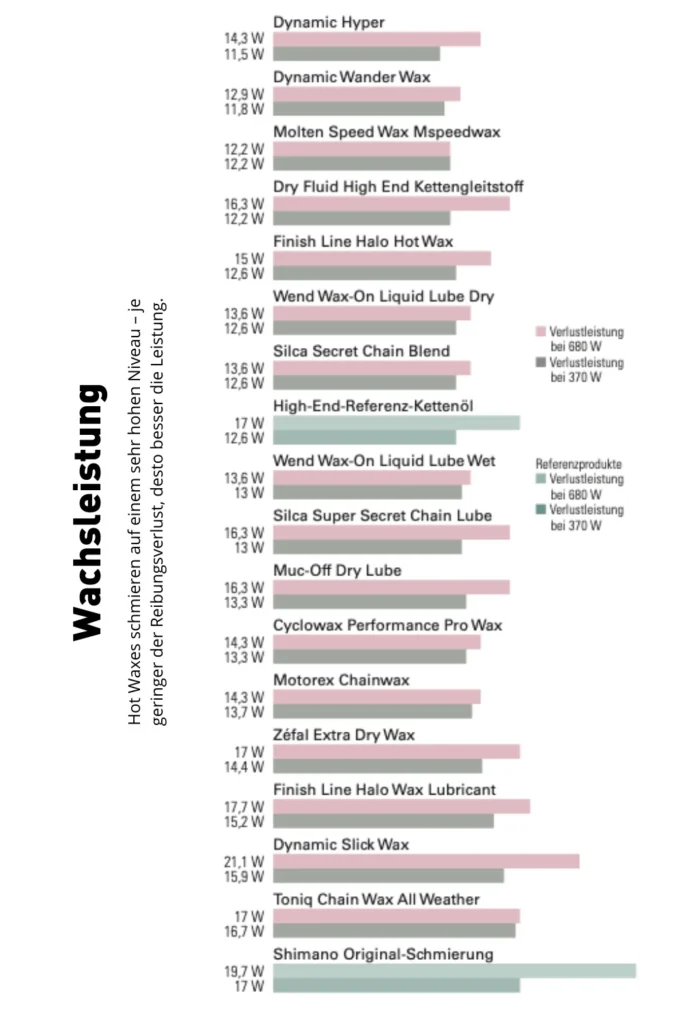
Here is an overview of all the waxes that were tested in the extensive test carried out by BIKE Magazin. This test offers valuable information on the performance of different waxes under various conditions.
Wax has obvious benefits
Our test shows that the manufacturers’ claims are indeed true: the waxes lubricate very well. The best waxes even perform better than a good premium chain oil in terms of effectiveness, although the difference is minimal. However, the efficiency gain compared to Shimano’s original lubrication, which focuses more on corrosion protection, is significantly greater. A good wax saves 5.5 watts at 370 watts of power, or another 1.5%. Is it a lot or a little? It depends on your point of view. In any case, replacing the stock lubrication with something faster should be a must for competitive racers. If the chain is worn and/or dirty, the differences between the products are probably even greater than those observed in our test.
At higher power levels, chain efficiency generally increases. Therefore, the ranking for high powers is not quite the same as for low powers (see graph above). Our measurements show that most waxes performed very well even at very high powers, such as those of electric bikes. One trend that is emerging is that hot waxes offer reliable performance and occupy the top positions in the rankings. However, dripping waxes also achieve very good results. Even a dry wax-free lubricating oil, like Dry Fluid, provides exceptional performance.
“It is an honor to receive this recognition in this test. This is the first time our product has been independently and professionally compared with traditional waxes, and to be directly voted a winner is the ultimate confirmation of our efforts. Countless hours of testing work with our World Tour teams have gone into perfecting this formula, and this result motivates us to push the boundaries further to create the world’s fastest, longest-lasting waxes.”
Rob Fleu – CEO Dynamic Bike Care B.V.
Read the original article from BIKE Magazine: Click here


